You have successfully logged out.
Understanding the Key Types and Uses of Suture Materials in Modern Medicine
The use of Suture Materials is a critical aspect of surgical procedures, playing a vital role in tissue repair and wound management across various medical specialties. According to a report by MarketsandMarkets, the global surgical sutures market is projected to reach approximately $5.3 billion by 2025, driven by an increasing number of surgical procedures and advances in suture technology.
Different types of suture materials, including absorbable and non-absorbable, synthetic and natural options, cater to diverse clinical needs, ensuring optimal healing outcomes. Furthermore, the ongoing development of advanced suturing techniques and materials, such as barbed sutures and polymer-based threads, highlights the importance of understanding these products for modern surgical practices.

This article aims to demystify the key types and uses of suture materials, providing valuable insights for healthcare professionals and enhancing their decision-making processes in patient care.
Key Characteristics of Absorbable Sutures: Lifespan and Biocompatibility
Absorbable sutures play a crucial role in modern surgical procedures due to their unique characteristics, particularly in terms of lifespan and biocompatibility. These sutures, typically made from materials such as polyglycolic acid, polyglactin, and caprolactone, are designed to break down within the body over time, eliminating the need for suture removal. According to a report by the American College of Surgeons, absorbable sutures have an expected lifespan ranging from 10 to 90 days, depending on the material used and the specific tissue involved. This property allows for optimal healing conditions while minimizing patient discomfort and the risk of infection.
Biocompatibility is another significant factor that contributes to the widespread use of absorbable sutures in various surgical settings. Studies have shown that the incorporation of these sutures reduces inflammatory responses, promoting faster tissue repair and regeneration. The Journal of Biomedical Materials Research emphasizes that the ideal absorbable suture should not only support safe integration within the body but also be absorbed at a rate that matches the healing timeline of the tissue it supports. This innovative approach in suture material development enhances surgical outcomes and patient recovery, underscoring the importance of selecting appropriate sutures tailored to individual patient needs and surgical contexts.
Comparative Analysis of Non-Absorbable Sutures: Durability and Clinical Applications
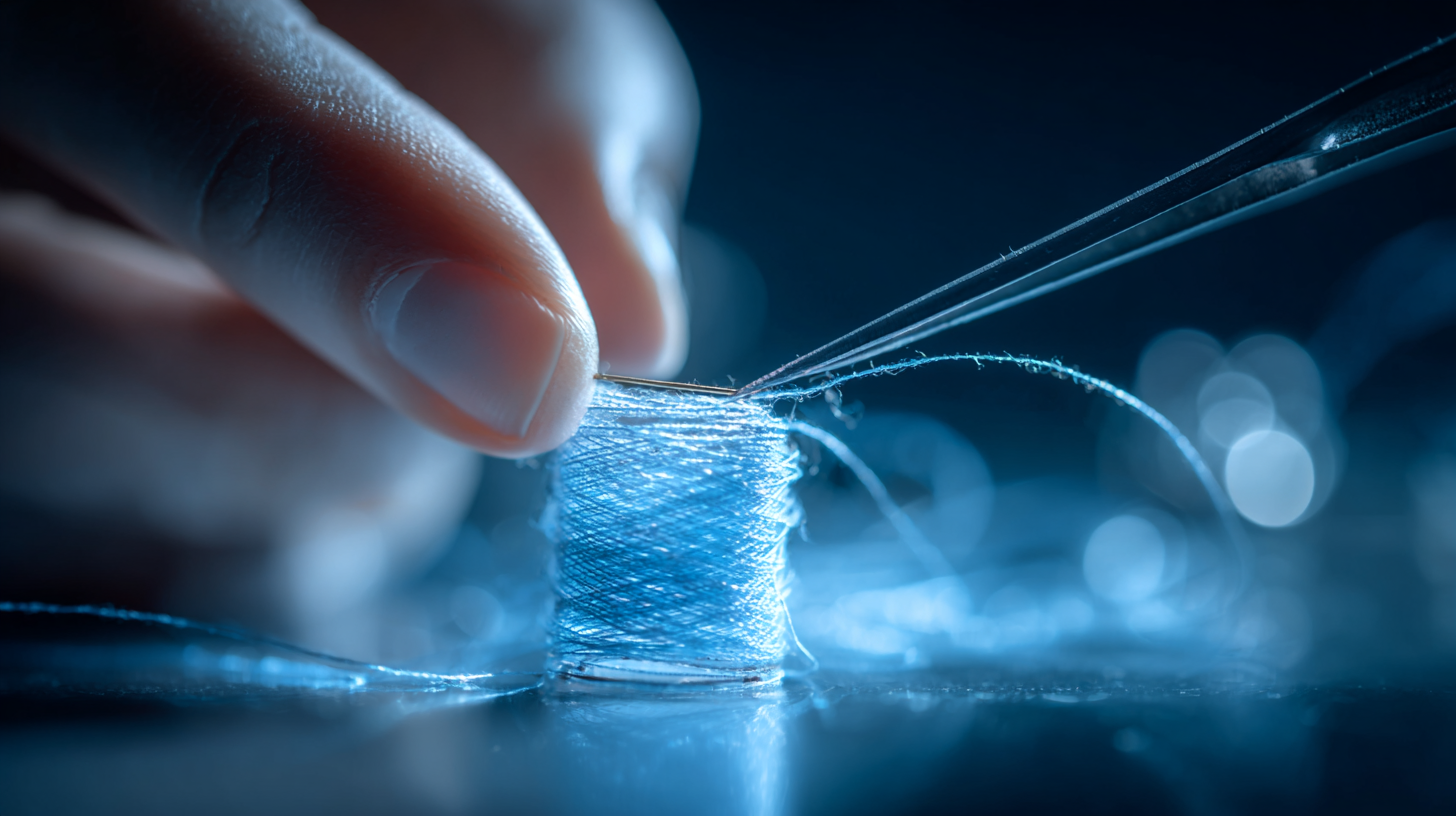 In modern medicine, non-absorbable sutures are pivotal for diverse clinical applications due to their durability and effectiveness in wound closure. A recent comprehensive review highlights the performance of coated sutures specifically designed for oral surgery. These sutures provide additional benefits such as reduced infection rates and minimized scarring, which are crucial in delicate procedures. Interestingly, the incorporation of specialized coatings has been shown to enhance the clinical effectiveness compared to traditional suture materials, which can sometimes lead to complications.
In modern medicine, non-absorbable sutures are pivotal for diverse clinical applications due to their durability and effectiveness in wound closure. A recent comprehensive review highlights the performance of coated sutures specifically designed for oral surgery. These sutures provide additional benefits such as reduced infection rates and minimized scarring, which are crucial in delicate procedures. Interestingly, the incorporation of specialized coatings has been shown to enhance the clinical effectiveness compared to traditional suture materials, which can sometimes lead to complications.
Another study emphasizes the comparative efficacy between tissue adhesives and sutures, particularly in periodontal flap surgery. The systematic review indicates that while traditional sutures remain a staple for wound closure, tissue adhesives present a valuable alternative, offering faster application times and less postoperative discomfort. Furthermore, mechanical properties such as tensile strength play a significant role in determining the ideal suture material for specific surgical contexts. Ongoing research and advancements in material science are paving the way for more effective suture solutions, thereby improving patient outcomes across various surgical specialties.
Innovative Suture Materials: Advancements in Bioengineering and Infection Resistance
Recent advancements in bioengineering have significantly improved suture materials, with a strong focus on infection resistance and biodegradability. One innovative development is the use of albumin composites for creating biodegradable sutures. These materials show promise in tissue engineering applications due to their biocompatibility and ability to reduce infection risks post-surgery. According to a 2021 report by the Biomedical Engineering Society, the demand for biodegradable sutures is projected to grow at a CAGR of 12.5% through 2026, underscoring a shift towards more sustainable surgical practices.
Moreover, the versatility of modern suture materials has expanded their application in various surgical fields. Biodegradable sutures facilitate natural tissue healing while minimizing the risk of foreign body reactions. This is particularly crucial in pediatrics and geriatrics, where traditional sutures might pose heightened risks of complications. As synthesized from natural polymers, these advanced sutures not only enhance the body’s healing processes but also demonstrate significant resistance to bacterial infections. Reports suggest that the integration of bioactive agents within these sutures can further increase their efficacy against pathogens, transforming the landscape of surgical wound management.
Types and Uses of Suture Materials in Modern Medicine
This bar chart illustrates the distribution of common suture materials used in various medical applications, highlighting their advancements in bioengineering and infection resistance.
Impact of Suture Size and Type on Surgical Outcomes: A Statistical Review
Suture size and type play a pivotal role in influencing surgical outcomes, particularly in gynecological procedures involving the uterine wall or vaginal vault. A comprehensive statistical review highlighted that the choice of suture material can significantly affect healing times and the incidence of complications such as infections and dehiscence. For instance, studies indicate that the use of absorbable sutures in vaginal surgeries correlates with a reduced rate of postoperative complications, with one report showing a 30% decrease in wound infections compared to non-absorbable options.
Furthermore, the diameter of the suture also remains crucial; narrower sutures have been associated with less tissue trauma and better wound healing. Data suggests that using sutures with a smaller gauge can lead to a significant reduction in both the postoperative pain scores and recovery times for patients. A large-scale analysis determined that a shift from size 0 to size 2-0 sutures could enhance patient outcomes and streamline recovery, marking a significant advancement in surgical techniques and materials used in modern medicine.
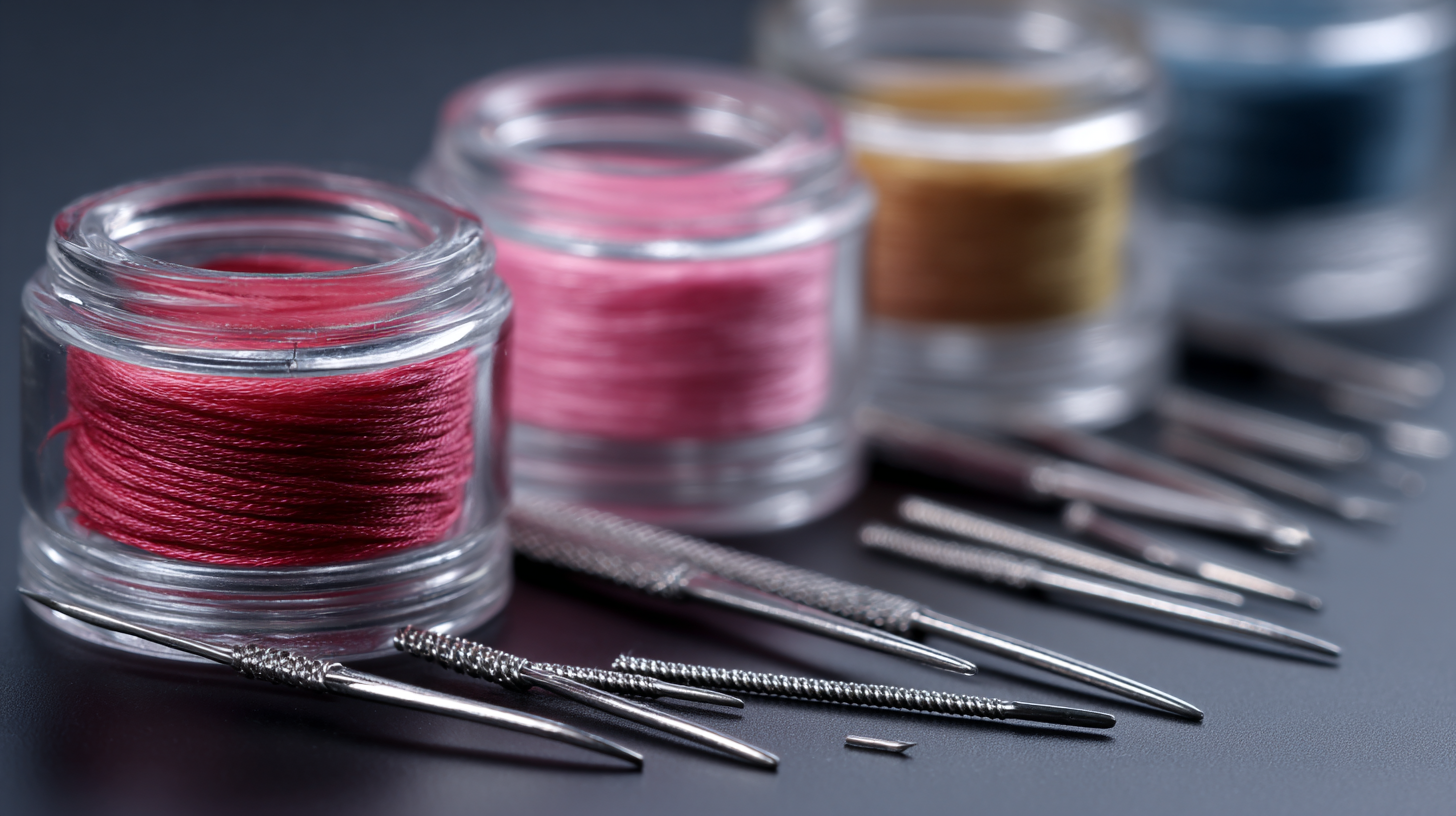
Emerging Trends in Suture Technology: From Traditional to Smart Sutures in Healthcare
The evolution of suture technology is transforming the landscape of modern medicine. Traditional sutures, which generally consist of materials like silk, nylon, and absorbable polymers, have served a critical function in surgical procedures for decades. However, recent advancements are fostering the development of "smart sutures," which integrate technology to enhance healing outcomes. According to a report from Grand View Research, the global smart sutures market is expected to reach USD 800 million by 2025, reflecting a growing interest in materials that can monitor wound conditions, deliver medications, or even stimulate tissue regeneration.
One of the most significant trends in this area is the incorporation of biosensors into suture materials. These innovative designs allow for real-time monitoring of patient health, including detecting infections or assessing healing progress. For example, researchers at Stanford University have developed a suture that can monitor pH levels in the wound environment, effectively alerting medical personnel to potential complications. As healthcare facilities increasingly adopt such technologies, the emphasis on patient-centered care will only intensify, driving demand for advanced materials that facilitate better post-operative management and recovery.
Understanding the Key Types and Uses of Suture Materials in Modern Medicine
| Suture Type | Material | Absorbability | Common Uses | Emerging Trends |
|---|---|---|---|---|
| Silk Sutures | Natural Fiber | Non-absorbable | Skin closure, soft tissue | Biocompatible coatings |
| Vicryl | Polyglactin 910 | Absorbable | Internal tissue suturing | Smart sutures with drug delivery capabilities |
| Prolene | Polypropylene | Non-absorbable | Vascular and gastrointestinal surgery | Tissue regeneration technologies |
| Monocryl | Poliglecaprone 25 | Absorbable | Dermatological and subcutaneous procedures | Bioactive sutures for wound healing enhancement |
Related Posts
-

Mastering Import and Export Certification for Best Suture Supplies in Your Business
-
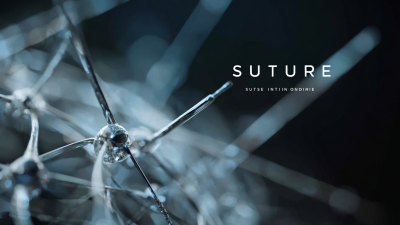
Exploring After Sales Service Benefits and Cost Efficiency in Best Suture Surgery Innovation
-

How Chinese-Made Surgical Needles Set New Standards in Quality and Global Trust
-
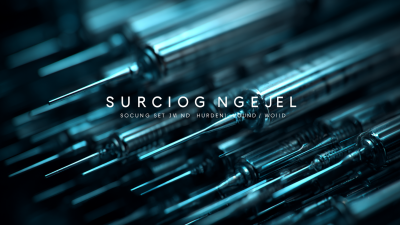
Solutions for Sourcing the Best Surgical Needles Worldwide
-

Quality Suture Supplies from China Your Trustworthy Global Manufacturing Partner
-
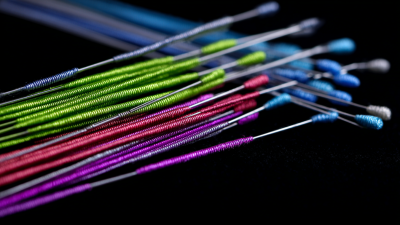
Unwavering Quality of Best Surgical Needles from Trusted Chinese Manufacturers
